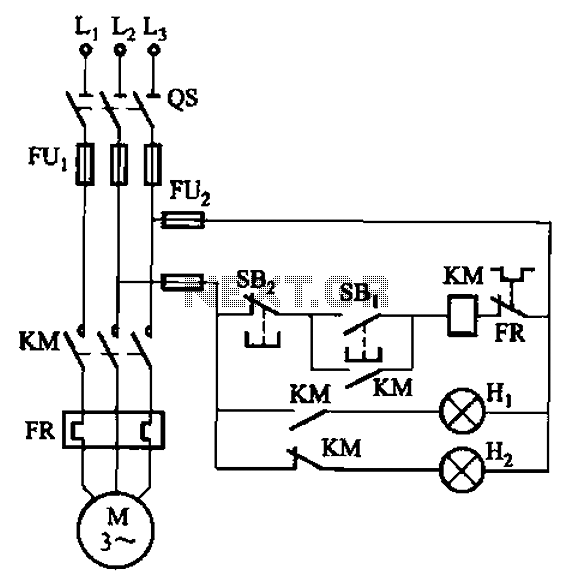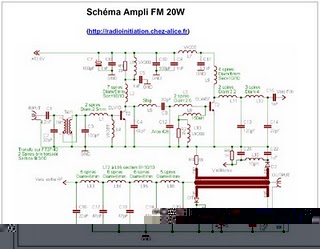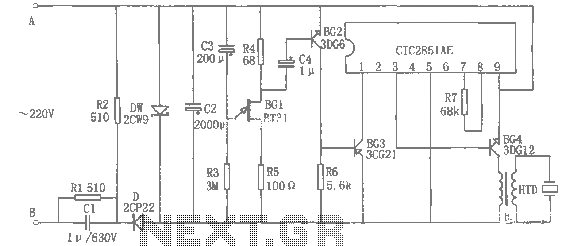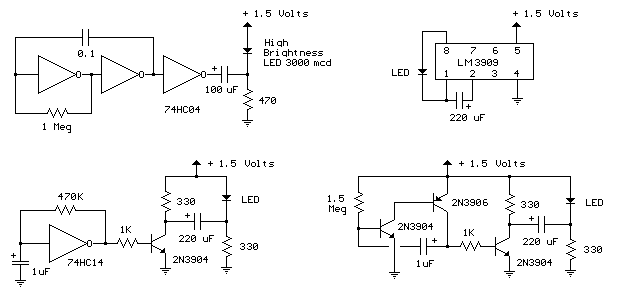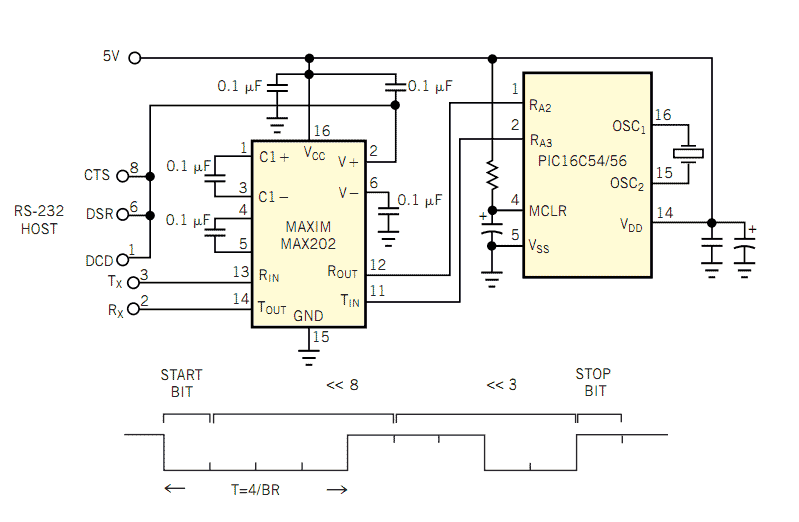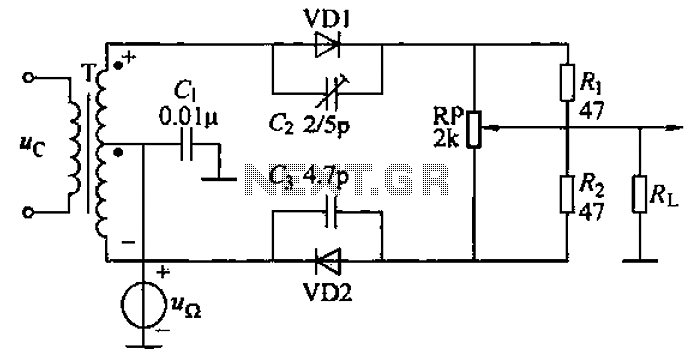
Bipolar Stepper Motor circuit

There was difficulty in understanding that the Source pin connects to low voltage (source of electrons) and the Drain pin connects to high voltage (absorbs electrons). This concept is fundamental to basic electricity, but it required some time to comprehend.
In electronic circuits, the Source and Drain pins are integral components of field-effect transistors (FETs), which are widely used in various applications including amplifiers, switches, and signal modulation. The Source pin is typically the terminal through which carriers (electrons or holes) enter the channel, while the Drain pin is where they exit. Understanding the voltage levels at these pins is crucial for proper circuit functionality.
In an n-channel MOSFET, for instance, the Source pin is connected to the ground or a lower voltage level, allowing electrons to flow from the Source to the Drain when a positive voltage is applied to the Gate pin. Conversely, in a p-channel MOSFET, the Source pin is connected to a higher voltage level, allowing holes to flow from the Source to the Drain when a negative voltage is applied to the Gate pin.
The voltage differential between the Source and Drain pins is essential for controlling the flow of current within the circuit. A proper biasing of these pins ensures that the transistor operates in the desired region—cut-off, saturation, or linear. Designers must consider the maximum voltage ratings and current capabilities of the components to avoid breakdown and ensure reliability in the circuit operation.
In summary, the relationship between the Source and Drain pins, along with their respective voltage levels, is foundational in understanding the operation of transistors within electronic circuits. This knowledge is essential for designing efficient and effective electronic systems.So I had a lot of trouble figuring out that the Source pin goes to low voltage (source of electrons) and the Drain pin goes to high voltage (absorbs electrons). Basic electricity, but it still took me a while. 🔗 External reference
In electronic circuits, the Source and Drain pins are integral components of field-effect transistors (FETs), which are widely used in various applications including amplifiers, switches, and signal modulation. The Source pin is typically the terminal through which carriers (electrons or holes) enter the channel, while the Drain pin is where they exit. Understanding the voltage levels at these pins is crucial for proper circuit functionality.
In an n-channel MOSFET, for instance, the Source pin is connected to the ground or a lower voltage level, allowing electrons to flow from the Source to the Drain when a positive voltage is applied to the Gate pin. Conversely, in a p-channel MOSFET, the Source pin is connected to a higher voltage level, allowing holes to flow from the Source to the Drain when a negative voltage is applied to the Gate pin.
The voltage differential between the Source and Drain pins is essential for controlling the flow of current within the circuit. A proper biasing of these pins ensures that the transistor operates in the desired region—cut-off, saturation, or linear. Designers must consider the maximum voltage ratings and current capabilities of the components to avoid breakdown and ensure reliability in the circuit operation.
In summary, the relationship between the Source and Drain pins, along with their respective voltage levels, is foundational in understanding the operation of transistors within electronic circuits. This knowledge is essential for designing efficient and effective electronic systems.So I had a lot of trouble figuring out that the Source pin goes to low voltage (source of electrons) and the Drain pin goes to high voltage (absorbs electrons). Basic electricity, but it still took me a while. 🔗 External reference
